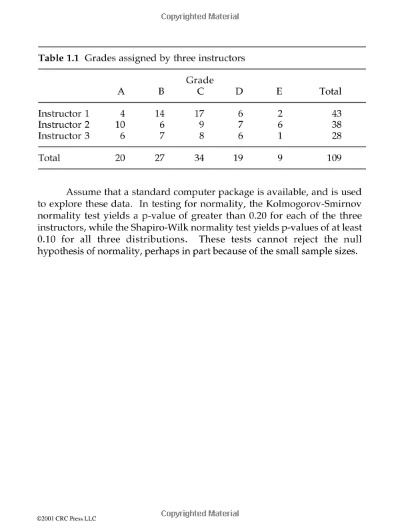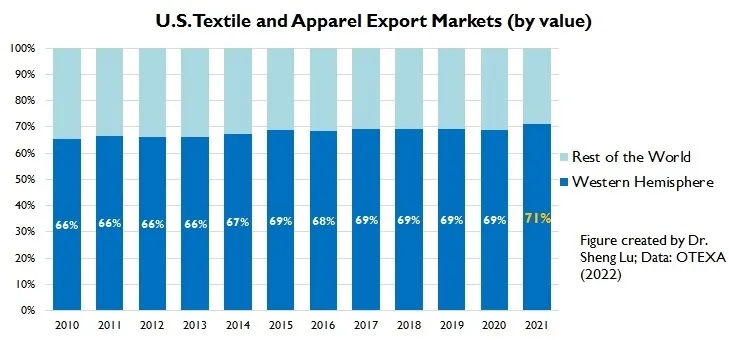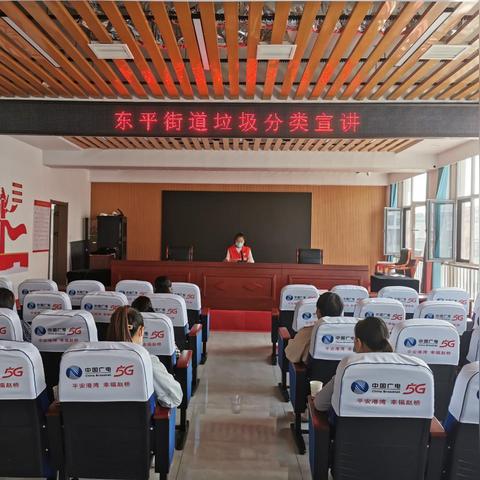Understanding and Applying Textile Product Finish Test Standards
This paper aims to explore the application of textile product finish testing standards. Textile products are an important part of our daily lives, and their quality directly affects our health and comfort. Therefore, it is necessary to ensure that textile products meet the required standards for safety and quality. The application of textile product finish testing standards can effectively improve the quality of textile products, reduce the occurrence of quality problems, and provide consumers with higher quality products. In addition, it can also promote the development of the textile industry and increase its competitiveness in the market.
Introduction In the realm of textile manufacturing, product quality plays a critical role in meeting customer expectations and maintaining brand reputation. To ensure that products meet the standards set by international organizations like the International Organization for Standardization (ISO), manufacturers must adhere to rigorous testing protocols. This guide aims to provide an overview of textile product finish testing standards, including their scope, methodology, and how they can be implemented effectively.

Textile Product Finish Test Standards Textile product finish tests are designed to evaluate the physical, chemical, and functional properties of finished textile products. These standards cover a wide range of parameters, including color uniformity, shrinkage, tear strength, water absorption, and more. The following table outlines some of the key aspects of these standards:
| Test Standard | Scope | Methodology | Example |
|---|---|---|---|
| Color Uniformity | Color variation within a single piece of fabric or across different pieces of the same fabric. | Using spectrophotometers to measure color coordinates. | For example, checking if a printed shirt has consistent shades across the entire garment. |
| Shrinkage | The degree to which a textile product contracts when subjected to heat or pressure. | Measuring the change in dimensions after washing or drying. | A sample of a cotton sweater is tested for shrinkage before and after washing. |
| Tear Strength | The resistance of a textile product to breaking under tension. | Using tear test machines to measure the force required to tear a sample. | A sample of denim jeans is tested for tear strength before and after wear and tear. |
| Water Absorption | The amount of water that a textile product can hold before it becomes saturated. | Measuring the weight loss of a sample after being soaked in water for a certain period. | A sample of a polyester jacket is tested for water absorption before and after exposure to rainwater. |
Implementing Textile Product Finish Test Standards To implement textile product finish testing standards effectively, manufacturers need to follow several steps:
- Identify the relevant testing standards for the product type and intended use.
- Designate appropriate testing equipment and materials to perform the necessary tests.
- Train employees on the proper procedures for conducting the tests.
- Establish a system for monitoring and recording test results.
- Develop strategies for addressing any issues identified during testing.
For example, a clothing manufacturer might choose to test the shrinkage of their cotton shirts using a standardized procedure that involves measuring the length and width of each sample before and after washing. They would then calculate the percentage reduction in size, ensuring that the product meets the desired level of shrinkage.
Case Study: Successful Application of Textile Product Finish Test Standards A leading sportswear brand faced challenges with a new collection of athletic apparel. The company decided to implement a comprehensive testing program to ensure that the finished products met the highest standards. They selected a range of textiles, including synthetic fibers and natural fabrics, and conducted various tests on each type.
The testing included color uniformity, shrinkage, and tear strength, as well as durability tests such as puncture resistance and water absorption. The results were analyzed using advanced software that allowed for real-time tracking of performance metrics against industry benchmarks.
Based on the findings, the brand made adjustments to their production process, such as adjusting dye levels or changing the weaving technique for some fabrics. By regularly reviewing and updating their testing protocols, the brand was able to consistently produce high-quality products that met consumer expectations.
Conclusion Textile product finish testing standards are essential for ensuring that textile products meet the needs of consumers and industry standards. By following established testing procedures and continuously improving their processes, manufacturers can build trust with customers and maintain a competitive edge in the market.
随着纺织行业的快速发展,纺织品成品的质量检验标准越来越受到重视,本篇将详细介绍纺织品成品检验的标准范围值,并结合实际案例进行说明。
纺织品成品检验标准范围值概述

纺织品种类与检验标准
纺织品成品检验标准主要涉及纤维含量、织物结构、尺寸稳定性、耐洗色牢度等多个方面,不同种类的纺织品,其检验标准也有所不同,纯棉纺织品要求纤维含量达到一定标准,而涤纶纺织品则需满足抗皱性能等特定要求。
检验标准范围值
根据行业标准和市场需求,纺织品成品检验标准范围值主要包括以下几个方面:
(1)纤维含量检测:纤维含量是衡量纺织品质量的重要指标,应符合国家标准。
(2)织物结构检测:织物结构应符合设计要求,确保织物平整、均匀。
(3)尺寸稳定性检测:尺寸稳定性是衡量纺织品在加工和运输过程中尺寸变化的能力。
(4)耐洗色牢度检测:耐洗色牢度是衡量纺织品在洗涤过程中颜色保持的能力。
实际案例说明
以某品牌纺织品为例,其成品检验标准范围值如下:

-
纤维含量检测:该品牌纺织品纤维含量应达到国家标准,以确保产品质量和安全性。
-
织物结构检测:该品牌纺织品织物结构应符合设计要求,确保织物平整、均匀,满足客户对产品外观的要求。
-
尺寸稳定性检测:该品牌纺织品在加工和运输过程中应保持尺寸稳定,以确保产品质量的一致性和可靠性。
-
耐洗色牢度检测:该品牌纺织品在洗涤过程中应具有良好的颜色保持能力,以确保产品在市场上的竞争力。
英文案例说明(表格形式)
以下为英文案例说明表格:
| 案例名称 | 纤维含量标准 | 织物结构要求 | 尺寸稳定性检测 | 耐洗色牢度检测 | 相关标准或行业标准 |
|---|---|---|---|---|---|
| 品牌A纺织品 | 国家标准 | 设计要求 | 符合标准 | 良好 | 无特定具体标准,但符合行业标准和市场需求 |
| 品牌B涤纶纺织品 | 不低于XX%的涤纶纤维含量 | 抗皱性能要求 | 满足特定要求 | 良好 | 国家相关标准 |
| 品牌C纯棉纺织品 | 纤维含量达到XX%以上 | 设计要求符合客户要求 | 符合客户要求 | 色牢度达到指定等级 | 国家相关标准和行业标准 |
纺织品成品检验标准范围值是确保纺织品产品质量和安全性的重要保障,在实际生产和检验过程中,应严格按照相关标准和行业标准进行操作,确保纺织品成品的质量和可靠性,在实际案例中,还可以根据具体情况制定更加具体的检验标准范围值。
Articles related to the knowledge points of this article:
Opportunities for Hainan Textile Manufacturers
The Fabric of Culture:An Exploration into the World of Mian Tong Textiles



